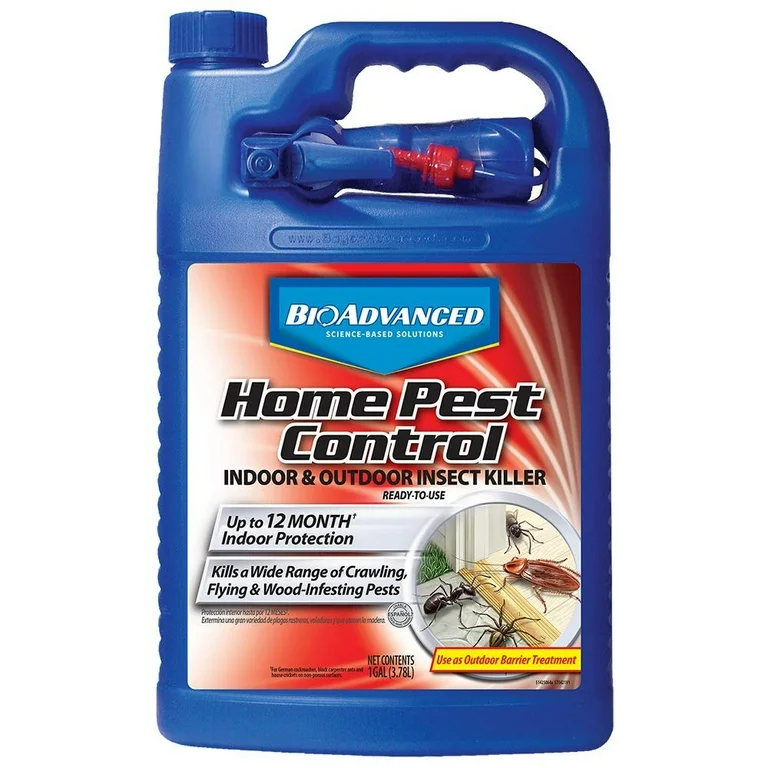A1 Bed Bug Exterminator Charlotte - Efficient and Cost Effective Services
A1 Bed Bug Exterminator Charlotte - Efficient and Cost Effective Services
Blog Article
Bed Bug Therapy Failure: Comparing Chemical Vs. Non-Chemical Solutions
In the realm of parasite control, particularly when dealing with the consistent problem of bed insects, the selection between chemical and non-chemical therapy remedies can be an essential one. Both approaches offer unique benefits and downsides, influencing elements such as effectiveness, security considerations, and general price. By checking out the nuanced details of each technique, a more clear understanding of which course to go after in dealing with a bed insect problem can be acquired.
Effectiveness of Chemical Therapies
Chemical therapies for bed insect invasions have actually been commonly identified for their potent and quick efficiency in removing these bugs. When considering the effectiveness of chemical therapies, it is vital to recognize that they can provide a quick and thorough option to a bed insect problem. Professional pest control specialists typically rely upon insecticides to target bed bugs at various stages of their life cycle, consisting of fairies, eggs, and grownups. These chemicals normally work by interfering with the bed insects' nerves, resulting in paralysis and eventual fatality.
Furthermore, chemical treatments have the advantage of offering residual impacts, implying that they can continue to get rid of bed insects also after the preliminary application. This recurring activity is especially valuable in combating any kind of potential re-infestations. Furthermore, the quick activity of chemical treatments can bring alleviation to individuals dealing with extreme bed pest invasions, allowing them to regain control of their living spaces swiftly.
Safety Concerns With Chemical Solutions
One important element that needs mindful consideration when using chemical solutions for bed insect therapy is making sure the safety of occupants and the setting. Exposure to specific chemicals made use of in bed insect therapies can lead to respiratory concerns, skin irritation, or various other damaging responses, especially in individuals with pre-existing conditions or sensitivities.
In addition, the environmental effect of chemical services is one more substantial factor to consider. Some chemicals utilized in bed pest treatments might be dangerous to useful insects, wild animals, and ecological communities if they seep into the dirt or water supply. It is crucial to utilize chemical therapies sensibly, following safety and security standards, and thinking about much less toxic alternatives to alleviate these threats and ensure the effective and risk-free management of bed bug invasions.
Benefits of Non-Chemical Strategies
Thinking about the prospective safety and security concerns and environmental impact related to chemical solutions for bed insect treatment, exploring non-chemical techniques offers an encouraging alternative with numerous distinct benefits. Non-chemical approaches use a more secure choice for houses, particularly those with kids, individuals, or pets conscious severe chemicals. These strategies eliminate the dangers of exposure to hazardous substances, decreasing the potential for damaging wellness impacts. In addition, content non-chemical treatments are ecologically friendly, as they do not add to air or water air pollution, making them a sustainable option for bug control.
Additionally, non-chemical services can be reliable in targeting bed insects, including hard-to-reach areas where chemical treatments might not penetrate - A1 pest control pest technician services charlotte. Techniques such as warmth therapy, vacuuming, steam cleansing, and bed mattress coverings offer thorough obliteration without the usage of hazardous chemicals.
Limitations of Non-Chemical Treatments

Furthermore, non-chemical treatments usually require numerous applications to achieve effective removal. This can be taxing and may not always ensure full removal of all bed insects and their eggs, specifically in concealed or hard-to-reach locations.
In addition, the success of non-chemical treatments heavily counts on proper application and thoroughness, which can be challenging for people without specialist expertise. Inadequate application of non-chemical techniques may result in incomplete removal, causing relentless invasions and the requirement for added therapies.
Therefore, while non-chemical therapies have their advantages, it is essential to acknowledge these restrictions and consider them when establishing one of the most effective strategy for managing bed insect invasions.
Expense Contrast: Chemical Vs. Non-Chemical Options
Provided the limitations linked with non-chemical treatments, a vital facet to examine in the context of bed insect administration is the price comparison in between chemical and non-chemical options. In comparison, non-chemical therapies like warmth treatment or heavy steam can be more costly, with costs varying from $1,000 to $6,000 for an entire home. While the initial cost of chemical therapies may appear reduced, multiple therapies might be needed to totally eliminate the problem, possibly enhancing the total cost.
Verdict

Taking into consideration the prospective safety and security worries and ecological impact linked with chemical remedies for bed bug therapy, exploring non-chemical approaches provides a promising choice with a number of distinct benefits.Offered the constraints connected with non-chemical therapies, a vital facet to assess in the context of bed insect administration is the cost comparison between chemical and non-chemical alternatives. In contrast, non-chemical treatments like warm therapy or vapor can be more pricey, with costs varying from $1,000 to $6,000 for an entire home. While the preliminary cost of chemical therapies may seem lower, several therapies might be needed to fully eradicate the infestation, potentially enhancing the general expense.In verdict, when comparing chemical and non-chemical bed insect therapy alternatives, it is important to think about performance, security, advantages, limitations, and expense.
Report this page